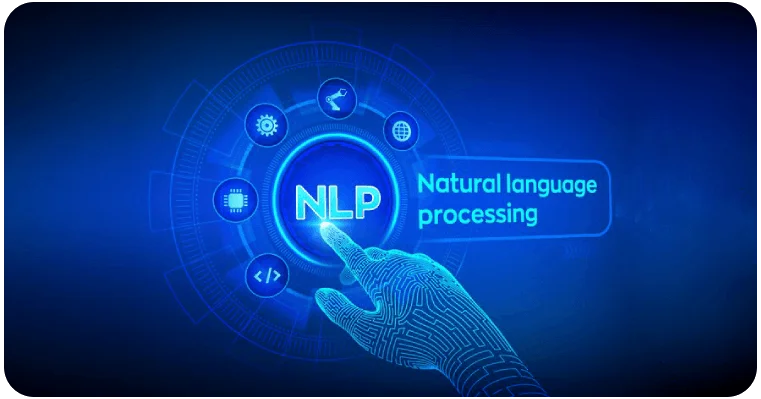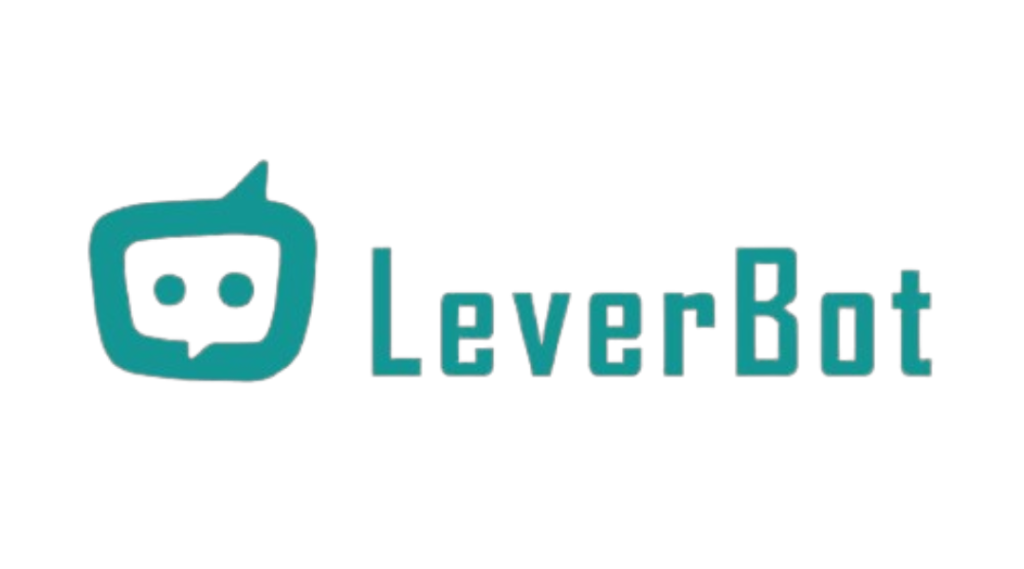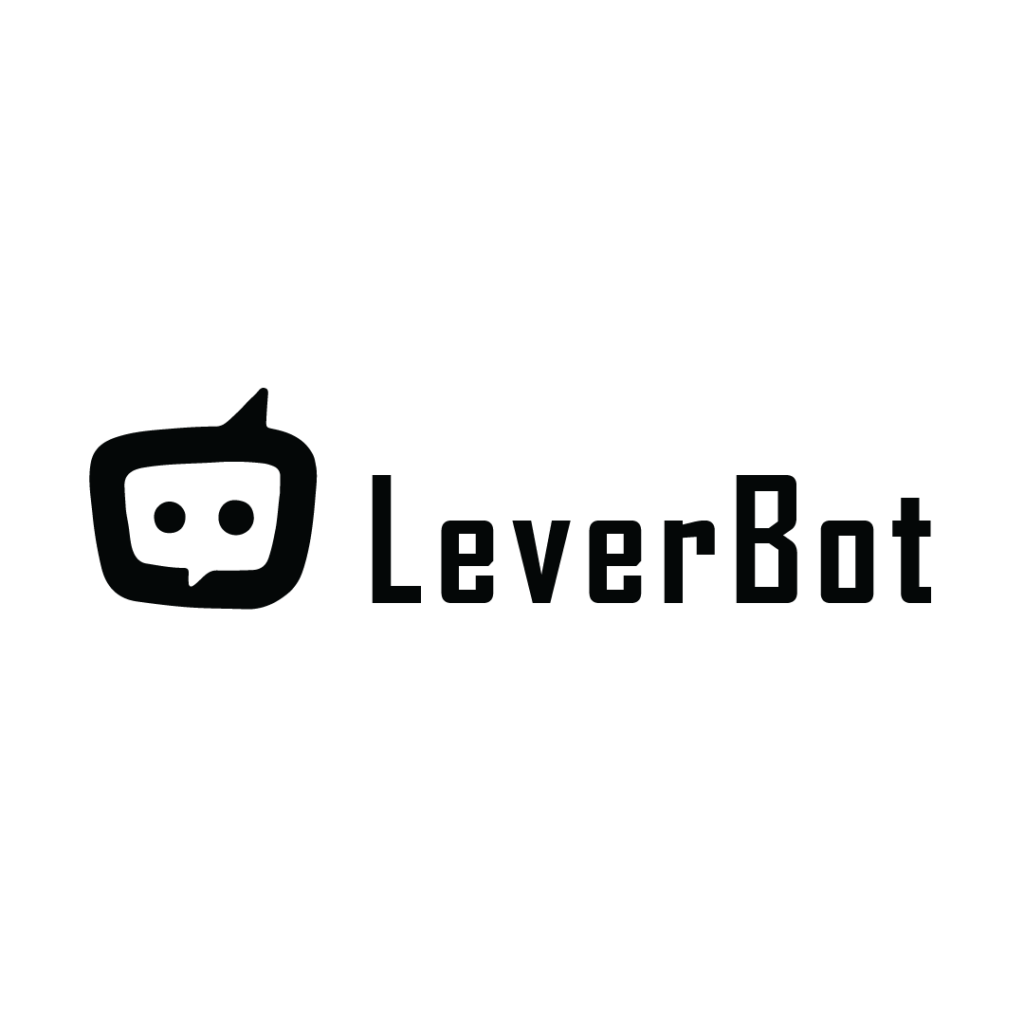
Natural Language Processing (NLP) has revolutionized the way machines interact with human language, making significant strides in various industries. From customer support systems to sentiment analysis and personal digital assistants like Siri and Alexa, NLP has become an integral part of modern technology. This section delves into the intricacies of NLP, focusing on its two main categories: Natural Language Understanding (NLU) and Natural Language Generation (NLG).
Natural Language Understanding (NLU)
Natural Language Understanding (NLU) is the cornerstone of NLP, enabling computers to comprehend human language. This involves complex algorithms that interpret sentence structure, context, intent, and entities. For instance, when you ask Siri to set a reminder, NLU helps the system understand your request, breaking down the sentence to identify the action (set), the object (reminder), and the specifics (time and date).
A critical aspect of NLU is the preprocessing of text. This involves several steps:
Tokenization: This process breaks down the text into smaller components called tokens. Each word or subword can be a token, and in longer documents, each sentence can be a token. Tokenization is essential for applying various NLP systems to understand the text.
Normalization: This step involves standardizing the text by removing punctuation, converting text to lower or upper case, and eliminating contractions. Additionally, non-essential words like “the,” “a,” and “an” are often removed to streamline the process.
Entity Recognition: Identifying and classifying entities such as names, dates, and locations within the text is crucial for understanding the context and intent behind the words.
Despite these advancements, NLU faces challenges due to the nuances of human language. Interpreting meaning often requires understanding the tone, body language, slang, and dialects. Moreover, languages are dynamic, with new words and phrases constantly emerging, especially in fields like technology and healthcare.
Natural Language Generation (NLG)
Once NLU has interpreted the content, Natural Language Generation (NLG) comes into play. NLG involves creating human-like text based on the interpreted data, a process closely associated with generative AI. For example, after understanding a user’s query, a chatbot uses NLG to generate a coherent and contextually appropriate response.
NLG is not just about responding to queries; it also includes tasks like text summarization, content creation, and even generating entire articles. This capability is particularly useful in customer support, where automated systems can handle routine inquiries, freeing up human agents for more complex issues.
How NLP Works
To understand how NLU and NLG work together, let’s consider a practical example. Imagine a customer support system that uses NLP to handle inquiries. When a user submits a query, the system first preprocesses the text through tokenization and normalization. It then uses NLU to interpret the query, identifying the user’s intent and extracting relevant entities. Finally, NLG generates a response based on this understanding, providing the user with the information they need.
This seamless integration of NLU and NLG is what makes NLP so powerful. However, it’s essential to recognize the ongoing challenges and the need for continuous improvement. As languages evolve, NLP systems must adapt to new words, phrases, and contexts to maintain their effectiveness.
Future Directions
The future of NLP holds exciting possibilities. Here are a few trends to watch:
Domain-Specific Models: Developing NLP models tailored to specific domains like medical terminology, legal jargon, or financial lingo could lead to more accurate and efficient processing of complex languages.
Multimodal Language Processing: Integrating visual and audio inputs into language models will enable more nuanced and human-like interactions between humans and machines.
Transformers for Other Tasks: The transformer architecture, which has proven highly successful in NLP, could be extended to other areas like computer vision, robotics, or reinforcement learning, leading to significant breakthroughs.
Co-evolution of Models and Humans: As we develop more advanced language models, it’s crucial to consider how they will interact with humans. By co-evolving these technologies, we can create a synergistic relationship that benefits both parties.
In conclusion, integrating NLP for enhanced understanding is a journey filled with challenges and breakthroughs. By staying curious, collaborating with others, and addressing ethical considerations, we can create a brighter future for all.


